Monday newsletters always feature top 10 travel lists to inspire.
Today: Top 10 best National Parks for a safari in Africa
An African safari simply has to be on every traveler’s bucket list. Catching a glimpse of some of the world’s most captivating animals in their natural habitat is one of the best travel experiences one can have. Encountering the ‘Big Five’ (lion, African elephant, Cape buffalo, leopard, and rhinoceros) is sometimes vital, sometimes a bonus, but always rather wonderful and totally memorable. To assist you in finding your ideal safari destination, I have compiled a top 10 list of the best National Parks & Game Reserves in Africa for a safari adventure.
What is your favorite safari destination in Africa? Leave a comment or take my poll below.
*** Follow me on Instagram, YouTube, Twitter or Facebook for a daily moment of travel inspiration ***
10. KGALAGADI TRANSFRONTIER PARK, SOUTH AFRICA & BOTSWANA
Kgalagadi Transfrontier Park is a large wildlife preserve and conservation area in southern Africa. The little visited park straddles the border between South Africa and Botswana and comprises two adjoining national parks: Kalahari Gemsbok National Park in South Africa and Gemsbok National Park in Botswana. Kgalagadi – which translates as “the place of thirst – is located largely within the southern Kalahari Desert and its terrain consists of red sand dunes, sparse vegetation, occasional trees, and dry riverbeds. The magnificent park hosts abundant, varied wildlife, including large mammalian predators such as cheetahs, leopards, hyenas, and huge black-mane lions.
9. HWANGE NATIONAL PARK, ZIMBABWE
Bordering Botswana, Hwange National Park is Zimbabwe’s largest game park with a hugely varying scenery, ranging from the semi desert scrub on the edge of the Kalahari in the south, to forests, granite hills and valleys of mopane woodlands in the north. The national park is home to over 100 mammal species, including lion, leopard and rhino, and is known for its large population of elephant. This game park is very accessible and all the safari camps here offer day and night game drives and most also offer walking safaris. The highest numbers of animals are spotted in the dry season (August to October) when the wildlife congregates around the shrunken water holes.
- Recommended lodge: Linkwasha by Wilderness Safaris
8. KIDEPO NATIONAL PARK, UGANDA
Launched as a national park in 1962, Kidepo lies in the rugged, semi-arid valleys between Uganda’s borders with Sudan and Kenya. It’s Uganda’s most isolated national park, but the few who make the long journey to Kedipo would agree that it is also the most magnificent, ranking among Africa’s finest wildernesses. From Apoka, in the heart of the park, a savannah landscape extends far beyond the gazetted area, towards horizons outlined by distant mountain ranges. The voracious Kidepo lions prey on roving herds of more than 4,000 buffalo (the total population in the park is said to be about 13,000) and you will often see herds of elephants moving majestically along the valleys.
7. MASAI MARA NATIONAL RESERVE, KENYA
Situated in south-west Kenya, Maasai Mara (Masai Mara) is possibly the continent’s most popular safari destination. It’s not a National Park, but rather a National Reserve belonging to the Maasai people and administered by the local county councils. Together with the Serengeti National Park in Tanzania (cf below) it forms Africa’s most diverse, incredible and most spectacular eco-systems, hosting over 95 species of mammals and over 570 recorded species of birds. The reserve is especially famous for the high amount of predators, such as lions and cheetah, and the 1.5 million wildebeest which migrate through the Mara and cross the crocodile infested Mara river (from July to October).
- Recommended lodges: &Beyond Bateleur Camp, JW Marriott Masai Mara, and Fairmont Mara Safari Club
6. ETOSHA NATIONAL PARK, NAMIBIA
Etosha National Park is unique in Africa. The park’s main characteristic is a salt pan so large it can be seen from space. Yet there is abundant wildlife that congregates around the waterholes, giving travelers almost guaranteed game sightings. Lion, elephant, leopard, giraffe, cheetah, hyena, springbok, two kinds of zebra, eland and many more species of wildlife are found here. At the same time Etosha National Park is one of the most accessible game reserves in Africa. The park is malaria free in the dry season, accessible for regular cars, and the rest camps provide a range of accommodation as well as restaurants, viewing decks, shops and petrol stations.
- Recommended lodge: Onguma The Fort
5. KRUGER NATIONAL PARK, SOUTH AFRICA
The enormous Kruger National Park (about the same size as Israel or Wales) offers a safari experience that ranks among the best in Africa. Considered the flagship park of South Africa, it is divided in 14 different ecozones, each supporting different wildlife. The park was established in 1898 by South African President Paul Kruger as a protected area for wildlife and it opened its gates to the general public in 1927 for the first time. Kruger National Park has an excellent road network and it’s one of the few game reserves where you can travel around in your own car, although spotting the Big Five on a self-drive safari involves a lot of luck.
- Recommended lodges: Kruger Shalati and Singita Lebombo
4. SOUTH LUANGWA NATIONAL PARK, ZAMBIA
Experts have dubbed South Luangwa to be one of the greatest wildlife sanctuaries in Africa, and not without reason as the park offers uncrowded wilderness combined with a spectacular concentration of wildlife, guaranteeing a spectacular safari adventure. With its western and northwestern edge bounded by the Muchinga Escarpment, and the southern border lined by the meandering Luangwa River, there’s no shortage of dramatic topography in this stunning park. Concentrations of game along the river and on the wide-open plains are amongst the most intense in Africa. The park is especially known for its sightings of the elusive leopard and packs of wild dogs.
- Recommended lodge: Time + Tide Chinzombo
3. SERENGETI NATIONAL PARK, TANZANIA
Tanzania’s oldest and most popular national park, the Serengeti is also a UNESCO World Heritage Site and was recently proclaimed a 7th world-wide wonder. The park is famed for its annual Great Migration, an epic odyssey of 1.5 million wildebeest and 200,000 zebras, all of them chasing the rains in a race for life, while being purchased by ferocious predators. Your chances of watching a kill are pretty high when you visit the area in the right season, either when 40km (25 mile) long columns of animals plunge through crocodile-infested waters on the annual exodus north (June) or when they replenish their species in a brief population explosion that produces more than 8,000 calves daily (February).
- Recommended lodge: &Beyond Serengeti Under Canvas
2. SABI SAND PRIVATE GAME RESERVE, SOUTH AFRICA
Located on the south-western boundary of the Kruger National Park, there are no restricting fences between the Sabi Sand and the Kruger, enabling the animals to roam freely in a vast conservation area that covers almost five million hectares (over two million acres), an area equivalent to the state of New Jersey. With a high density of wildlife, guests to the Sabi Sand are virtually guaranteed to encounter most, if not all, of the Big Five, as well as a variety of other species. Game drives in the Sabi Sand are only conducted in the company of professional guides and traverse an area shared by a number of game lodges or camps. Sensitive off-roading practices are implemented, allowing close-up animal sightings, while afternoon game drives continue after dark, allowing a glimpse into the nocturnal life of the bush.
- Recommended lodges: &Beyond Tengile River Lodge, Lion Sands Ivory Lodge, Singita Boulders Lodge, and Londolozi Private Granite Suites
1. OKAVANGO DELTA, BOTSWANA
This delta in north-west Botswana is one of the very few major interior delta systems that do not flow into a sea or ocean, with a wetland system that is almost intact. The delta is affected by seasonal flooding with flood water from Angola reaching the Delta between March and June, peaking in July. This peak coincides with Botswana’s dry season resulting in great migrations of game from the dry hinterland. A UNESCO’s World Heritage Site since 2014, the delta is an oasis in an otherwise dry environment the Okavango Delta. Protected by the Moremi Game Reserve on its eastern edge, the delta is known for its superb wildlife sightings and also houses some of Africa’s most exclusive safari lodges.
- Recommended lodges: Mombo Camp by Wilderness Safaris and &Beyond Sandibe Okavango Safari Lodge
*** Follow me on Instagram, YouTube, Twitter or Facebook for a daily moment of travel inspiration ***

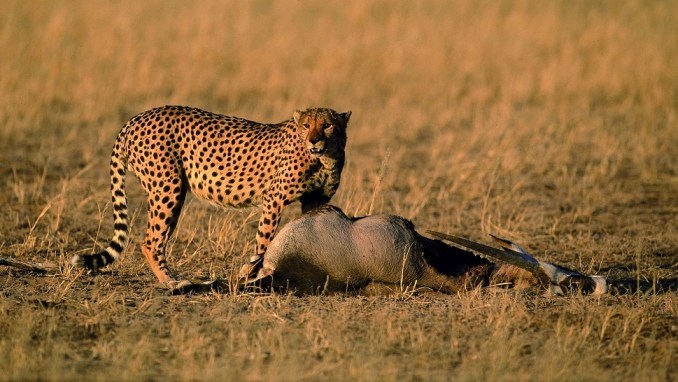
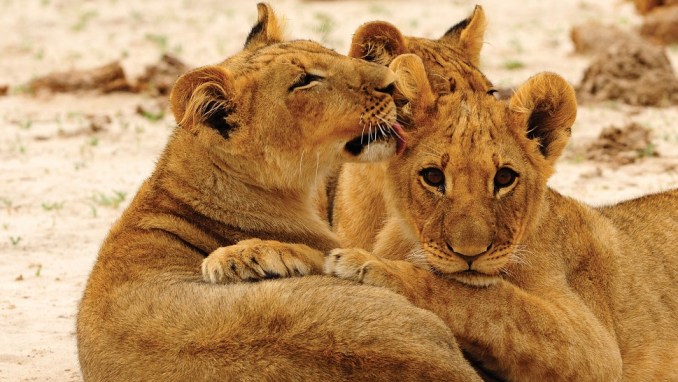
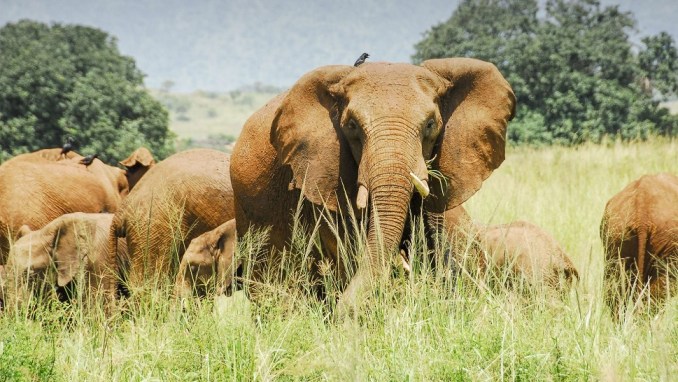
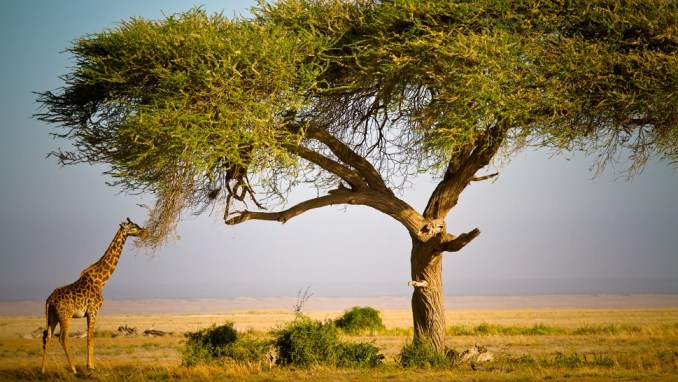
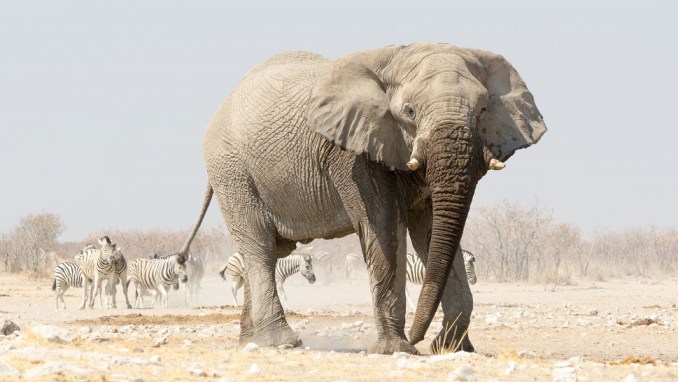
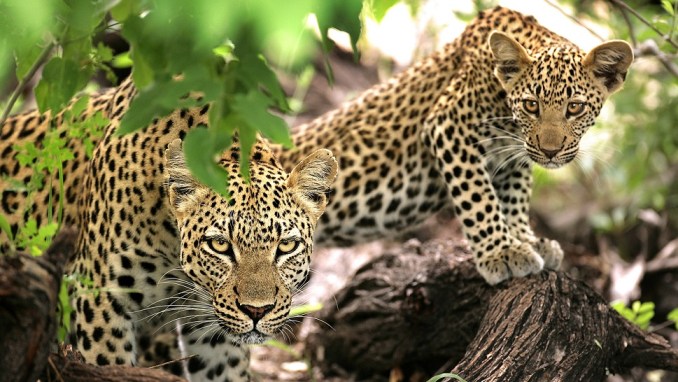
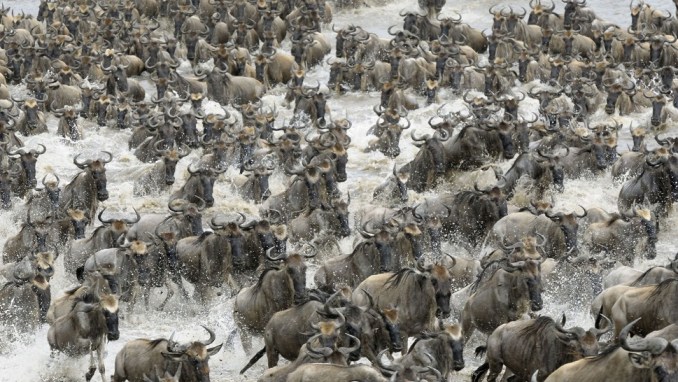
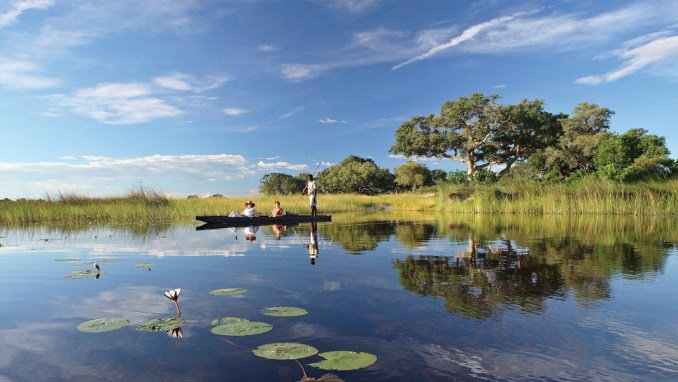
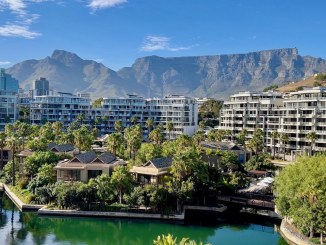
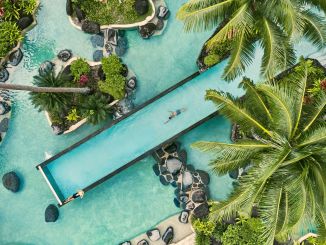

Hi, the link takes us to your review of Ivory Sands, not to the balance of the top ten National Parks in Africa?